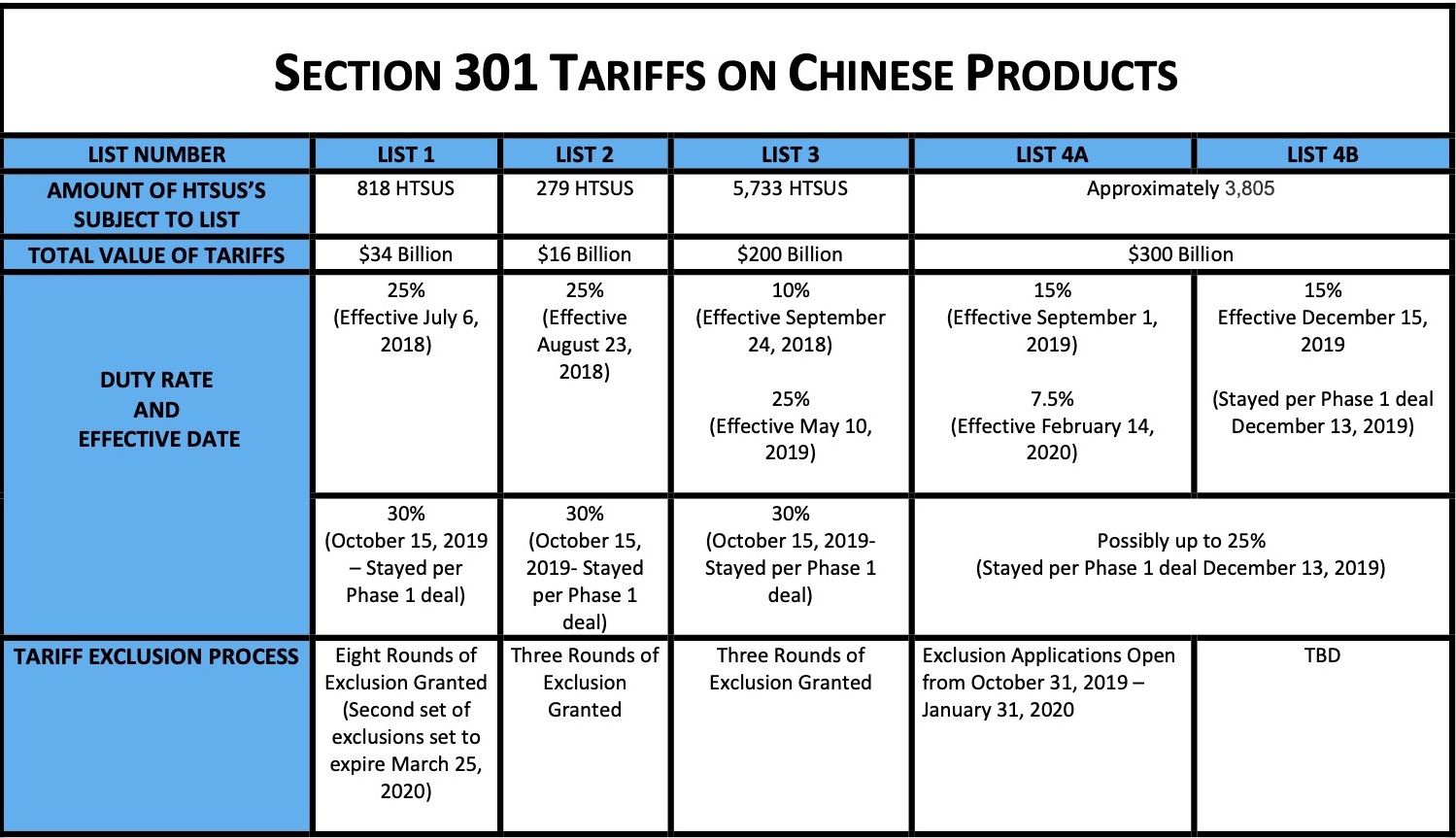The Automotive Landscape In China: A Look At The Difficulties Faced By Premium Brands

Table of Contents
Intense Competition from Domestic Brands
The rise of domestic Chinese brands represents a significant challenge for premium car brands in China. These brands are rapidly gaining market share, leveraging technological advancements, competitive pricing, and increasingly sophisticated designs. This intense competition directly squeezes the profit margins of established premium players.
- Geely, Great Wall Motors, and BYD: These domestic giants are rapidly closing the technology gap, offering vehicles with features previously only found in premium imports. Their advancements in electric vehicle (EV) technology are particularly noteworthy, attracting environmentally conscious consumers.
- Affordability and Features: Domestic brands often offer a compelling combination of affordability and features, making them particularly attractive to price-sensitive consumers. This directly impacts the appeal of premium brands, which traditionally rely on a premium price point.
- Sophisticated Branding: The perception and branding of domestic car manufacturers are also evolving. They are successfully building strong brand identities and cultivating a sense of national pride, further enhancing their appeal to Chinese consumers. This makes it harder for premium brands to differentiate themselves solely on brand prestige.
Navigating the Complex Regulatory Environment
China's regulatory environment presents further difficulties for premium car brands. Intricate regulations related to import duties, emission standards, and local content requirements significantly impact profitability and operational efficiency.
- High Import Tariffs: High import tariffs inflate the cost of premium vehicles, making them less competitive compared to domestically produced cars. This increases the price sensitivity of the market and puts pressure on sales.
- Strict Emission Standards: China's increasingly stringent emission standards require significant investment in research and development (R&D) for premium brands to adapt their vehicle technology and meet the regulatory requirements. This adds considerable cost and complexity.
- Local Content Requirements: Local content requirements often necessitate partnerships with Chinese manufacturers, which can potentially impact brand control and compromise the unique identity of premium brands. This requires careful strategic alliances and compromises.
Understanding Chinese Consumer Preferences
Understanding the nuances of Chinese consumer preferences is crucial for success. These preferences differ significantly from those in other global markets, requiring a tailored approach to marketing and product development.
- Technological Features: Chinese consumers place a strong emphasis on advanced technological features, especially connectivity and autonomous driving capabilities. These features are often key differentiators in purchase decisions.
- Vehicle Size: There’s a noticeable preference for larger vehicles, particularly SUVs, reflecting changing lifestyles and family needs in China's growing middle class. This contrasts with some markets where smaller, more fuel-efficient cars remain popular.
- Brand Prestige: While features and technology are important, the social status and brand prestige associated with vehicle ownership remain significant factors. This reinforces the importance of effective branding and marketing strategies.
Building Brand Awareness and Trust
Establishing a strong brand presence and consumer trust in the competitive Chinese market presents significant challenges for premium car brands. Effective marketing and communication strategies tailored to the specific cultural context are crucial for success.
- Localized Marketing Campaigns: Premium brands need to develop localized marketing campaigns that resonate with Chinese consumers' cultural values and preferences. Generic global campaigns rarely achieve the desired impact.
- Influencer Marketing: Building relationships with key influencers and media outlets within China is essential for generating positive brand awareness and building trust. This often requires a deep understanding of Chinese social media and media landscapes.
- Digital Marketing: Leveraging social media and other digital marketing channels is crucial for reaching the target audience effectively. This requires a nuanced understanding of Chinese social media platforms like WeChat and Weibo.
Supply Chain and Infrastructure Challenges
Establishing and managing efficient supply chains in China presents its own set of difficulties for premium car brands. Potential disruptions to logistics and infrastructure can significantly impact overall operations.
- Logistics Complexity: Navigating the intricacies of the Chinese logistics network can be complex and challenging, requiring specialized expertise and robust planning.
- Infrastructure Limitations: Potential delays and disruptions can arise from limitations in China's infrastructure, especially in remote areas. This necessitates careful planning and contingency measures.
- Parts and Components: Securing a reliable and cost-effective supply of parts and components is vital, particularly for maintaining consistent production and minimizing disruptions.
Conclusion
The Chinese automotive market, while incredibly lucrative, presents significant hurdles for premium car brands. Intense competition from domestic players, complex regulations, understanding unique consumer preferences, building brand trust, and supply chain complexities all contribute to the difficulties faced. To succeed, premium car brands must adapt their strategies, embrace localized approaches, and invest strategically in understanding and catering to the specific needs and desires of the Chinese consumer. Understanding these challenges inherent in selling premium car brands in China is crucial for long-term success. Successful navigation of these challenges will ultimately determine the future of premium car brands in this dynamic market. Are you prepared to meet the unique demands of the Chinese market for premium car brands?

Featured Posts
-
 Lynas Rare Earths Texas Refinery Faces Cost Overruns Seeks Us Funding
Apr 29, 2025
Lynas Rare Earths Texas Refinery Faces Cost Overruns Seeks Us Funding
Apr 29, 2025 -
 160km H Mlb
Apr 29, 2025
160km H Mlb
Apr 29, 2025 -
 Alterya Joins Chainalysis Boosting Blockchain Security With Ai
Apr 29, 2025
Alterya Joins Chainalysis Boosting Blockchain Security With Ai
Apr 29, 2025 -
 Chicagos Empty Office Towers The Heart Of The Real Estate Meltdown
Apr 29, 2025
Chicagos Empty Office Towers The Heart Of The Real Estate Meltdown
Apr 29, 2025 -
 U S Businesses Implement Cost Cutting Strategies In Response To Tariffs
Apr 29, 2025
U S Businesses Implement Cost Cutting Strategies In Response To Tariffs
Apr 29, 2025
Latest Posts
-
 Beirut Rocked By Israeli Airstrike Following Evacuation Order
Apr 29, 2025
Beirut Rocked By Israeli Airstrike Following Evacuation Order
Apr 29, 2025 -
 Atlanta Falcons Dcs Sons Apology For Prank Call To Shedeur Sanders
Apr 29, 2025
Atlanta Falcons Dcs Sons Apology For Prank Call To Shedeur Sanders
Apr 29, 2025 -
 Shedeur Sanders Prank Call Son Of Falcons Defensive Coordinator Apologizes
Apr 29, 2025
Shedeur Sanders Prank Call Son Of Falcons Defensive Coordinator Apologizes
Apr 29, 2025 -
 Falcons Dcs Son Issues Apology For Shedeur Sanders Prank Call
Apr 29, 2025
Falcons Dcs Son Issues Apology For Shedeur Sanders Prank Call
Apr 29, 2025 -
 Son Of Falcons Dc Apologizes For Prank Call To Browns Draft Pick Shedeur Sanders
Apr 29, 2025
Son Of Falcons Dc Apologizes For Prank Call To Browns Draft Pick Shedeur Sanders
Apr 29, 2025
